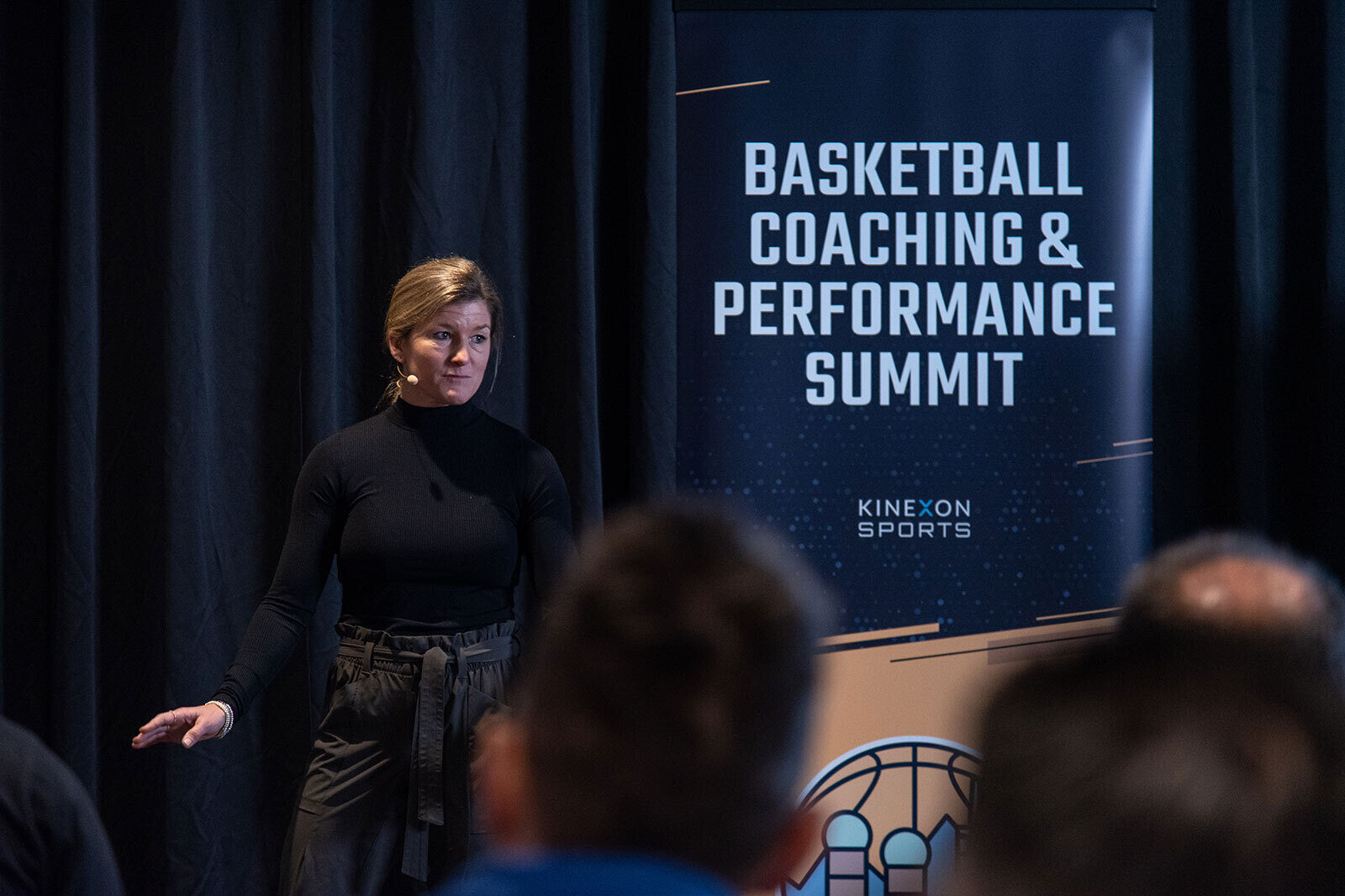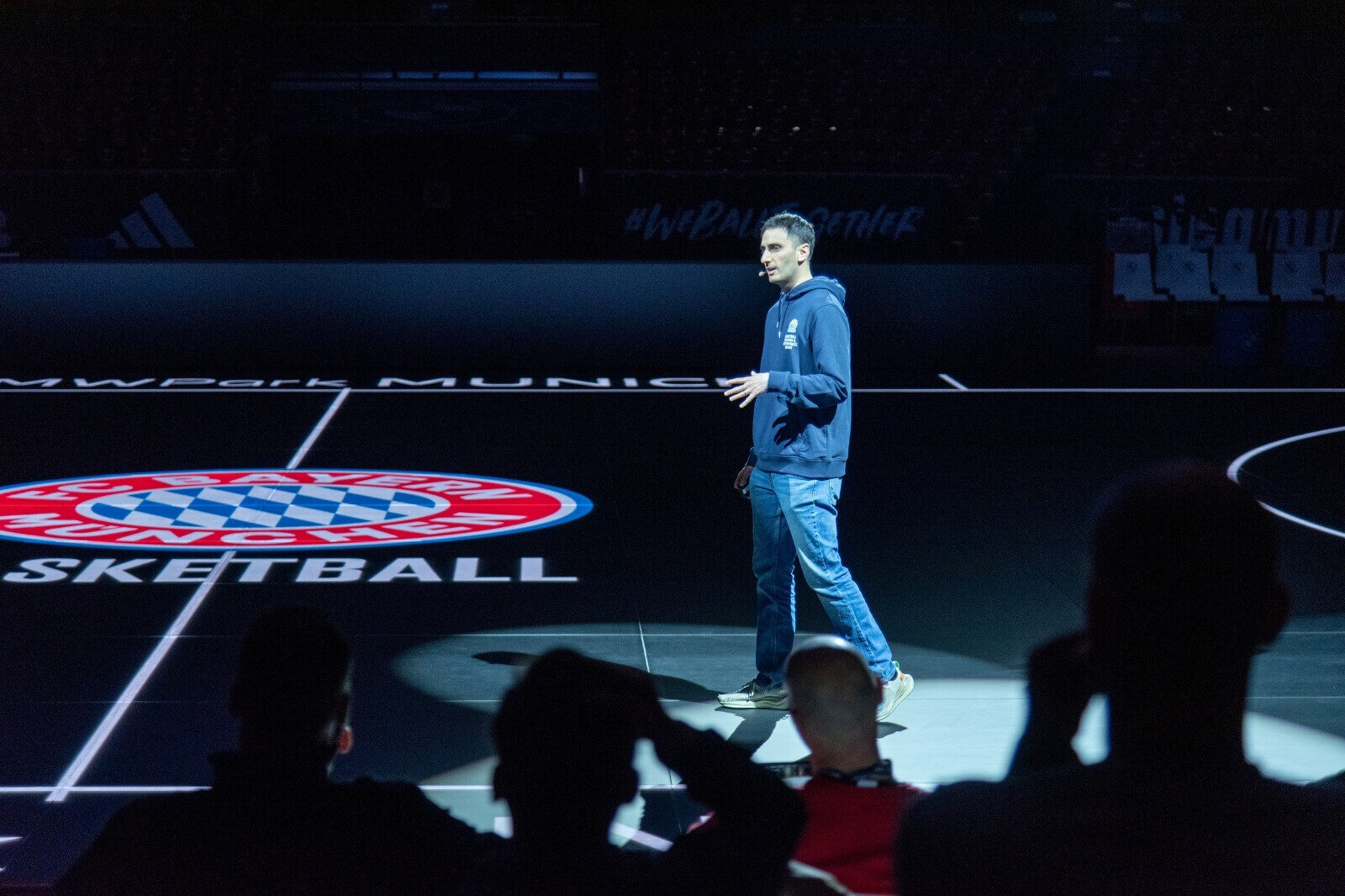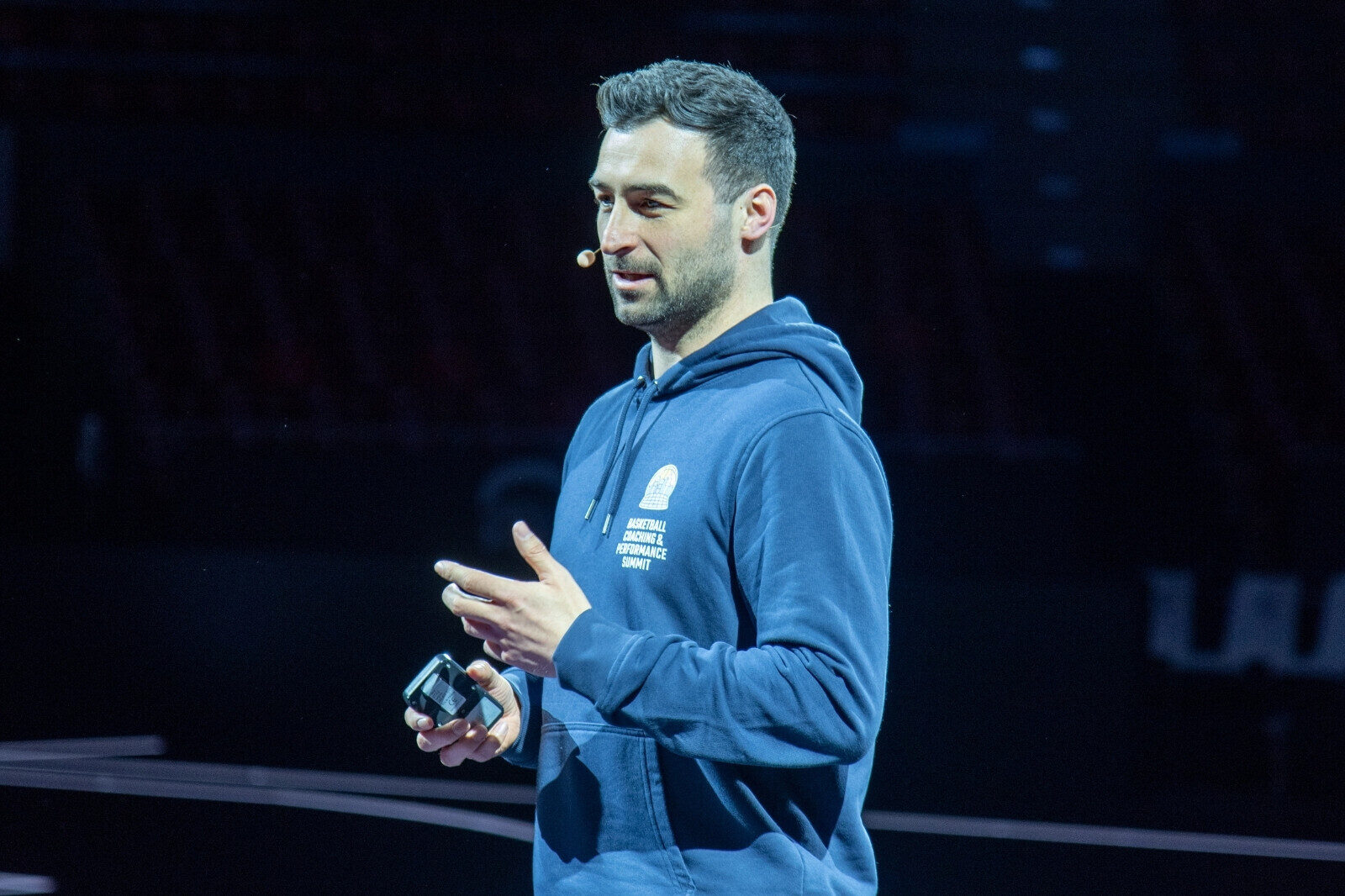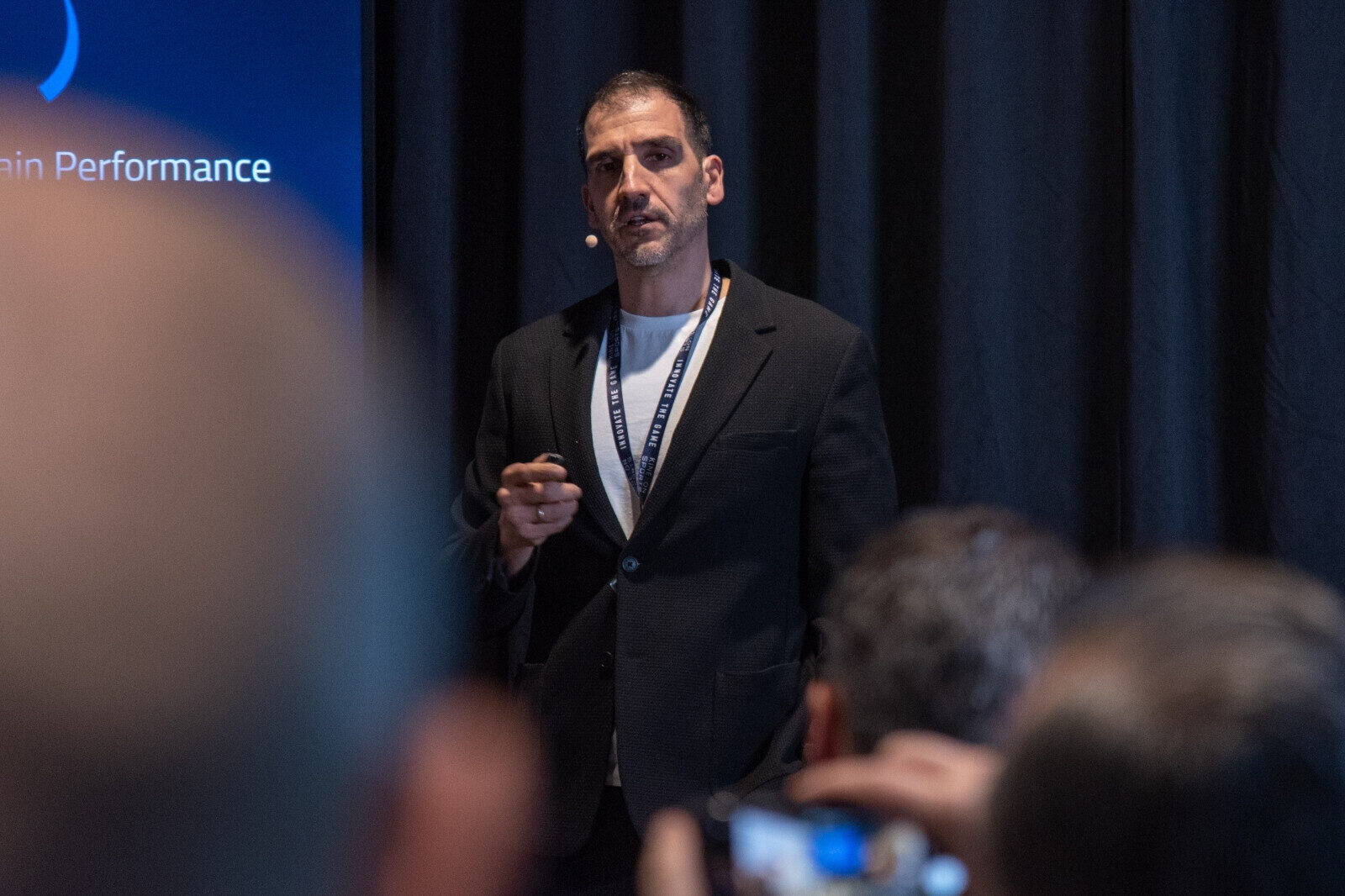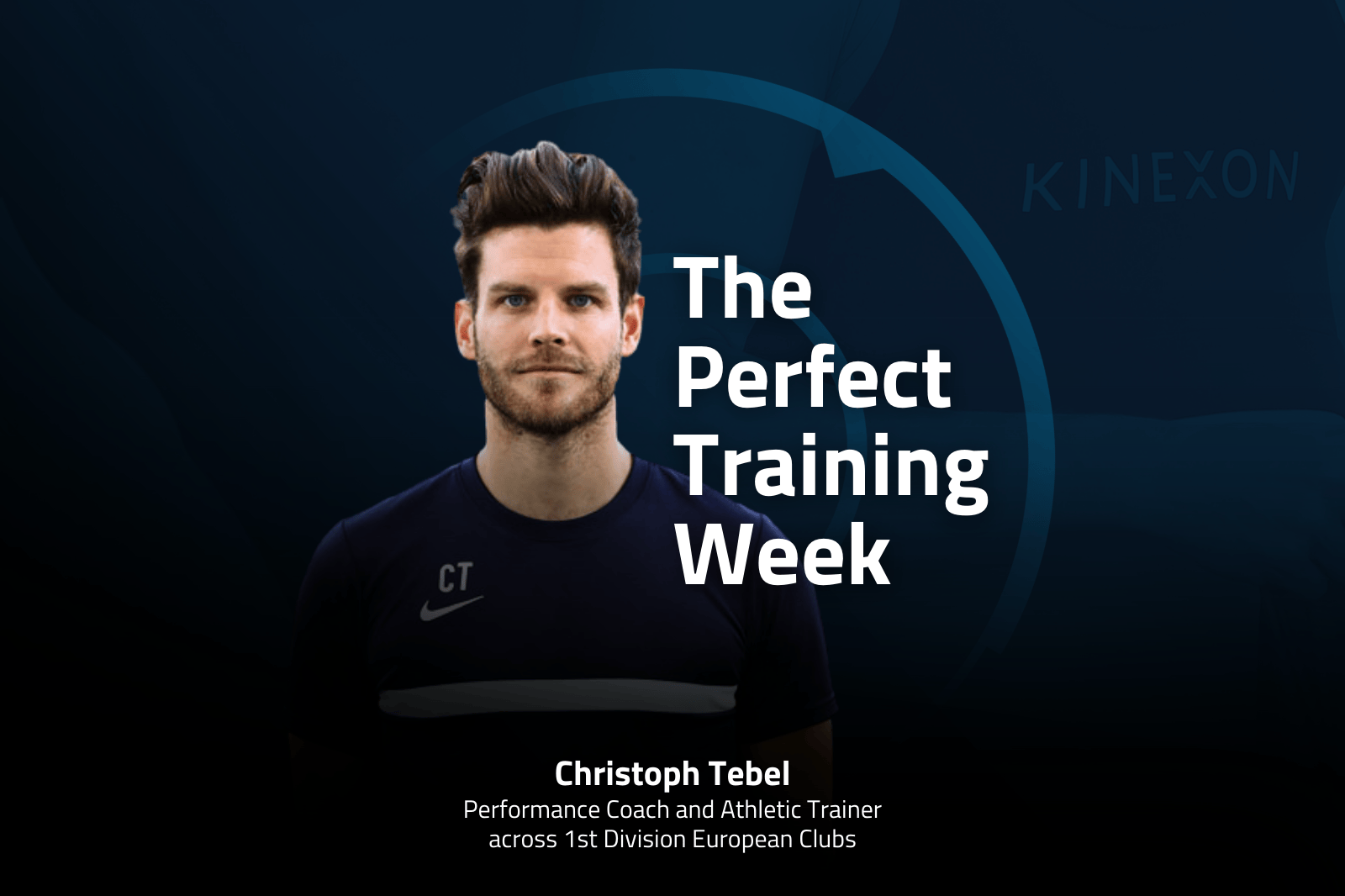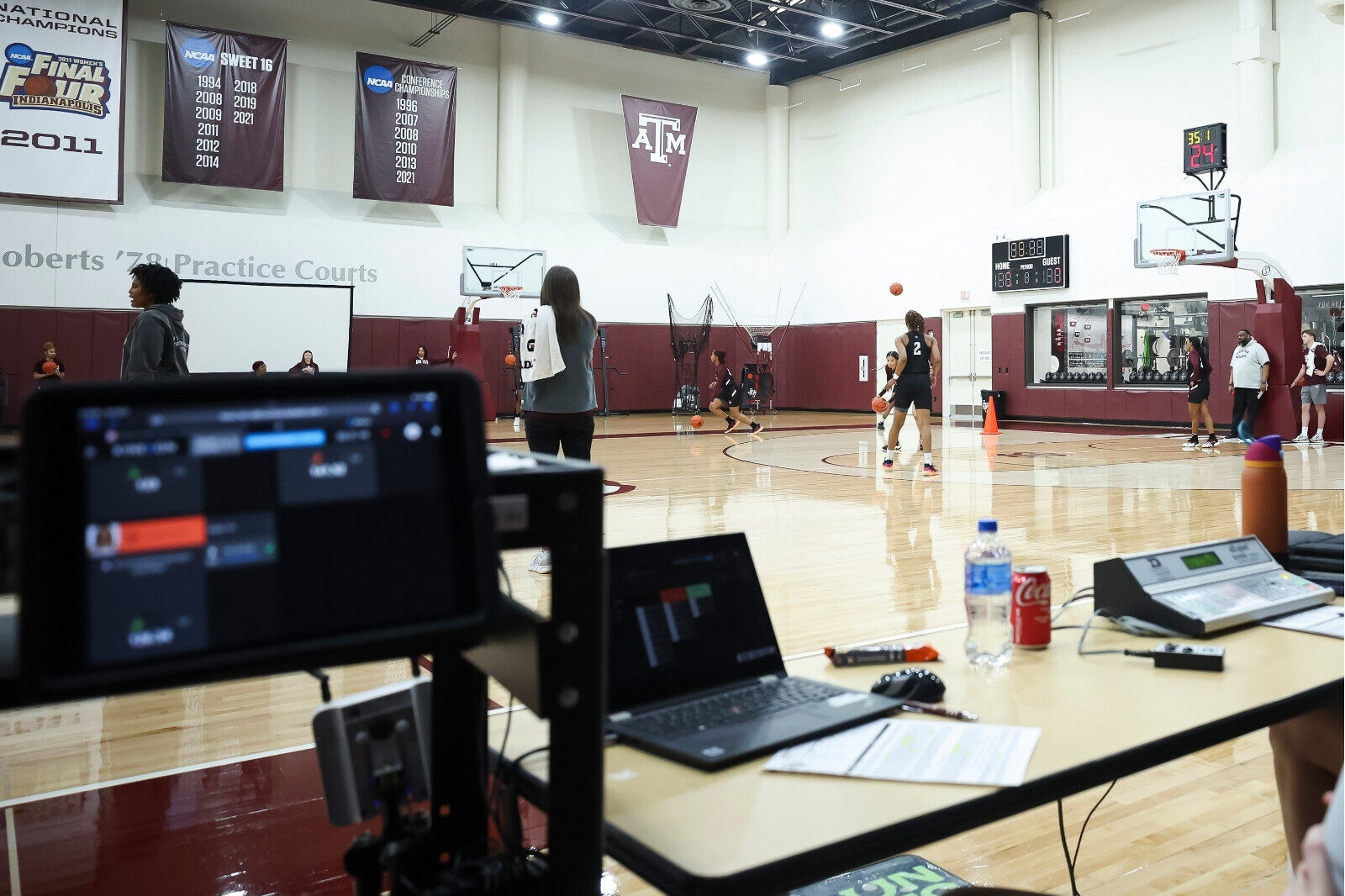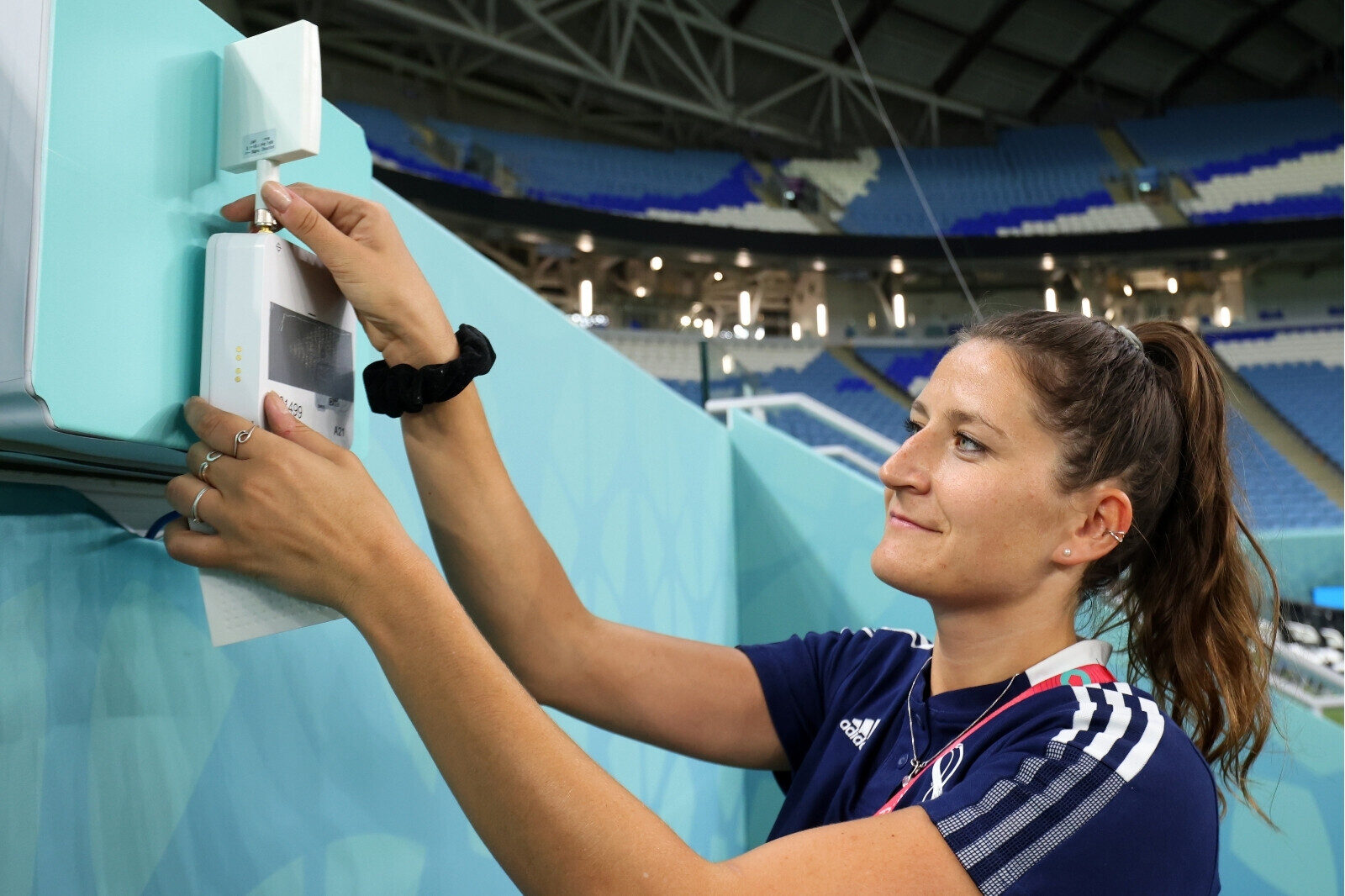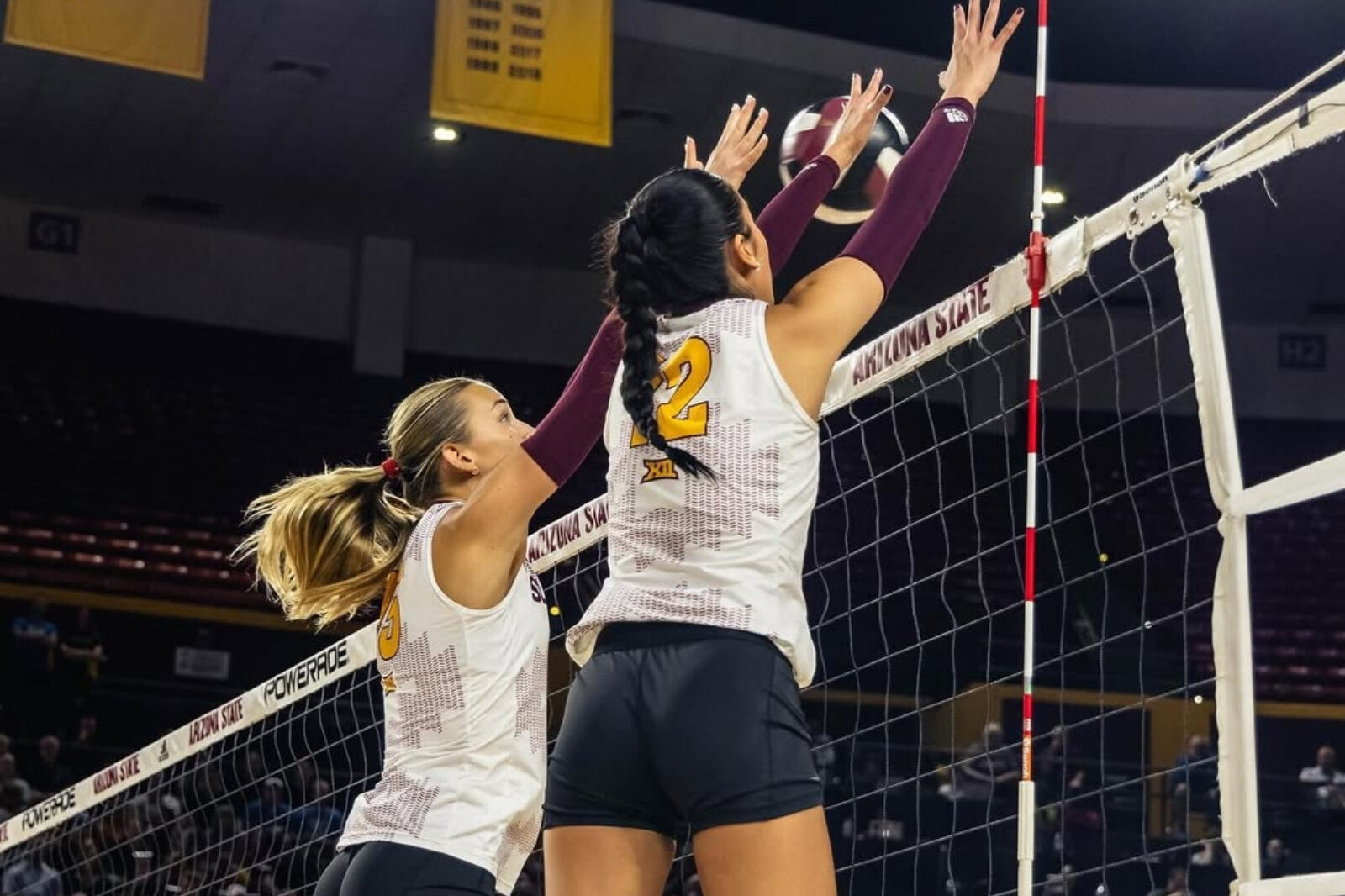Which Handball Position Covers the Most Ground During a Match?
Researchers haven’t really used Metabolic Power (MP) to understand how much physical effort handball players put out during elite matches. But a recent study found that one position covers more ground per minute running than the other player roles.
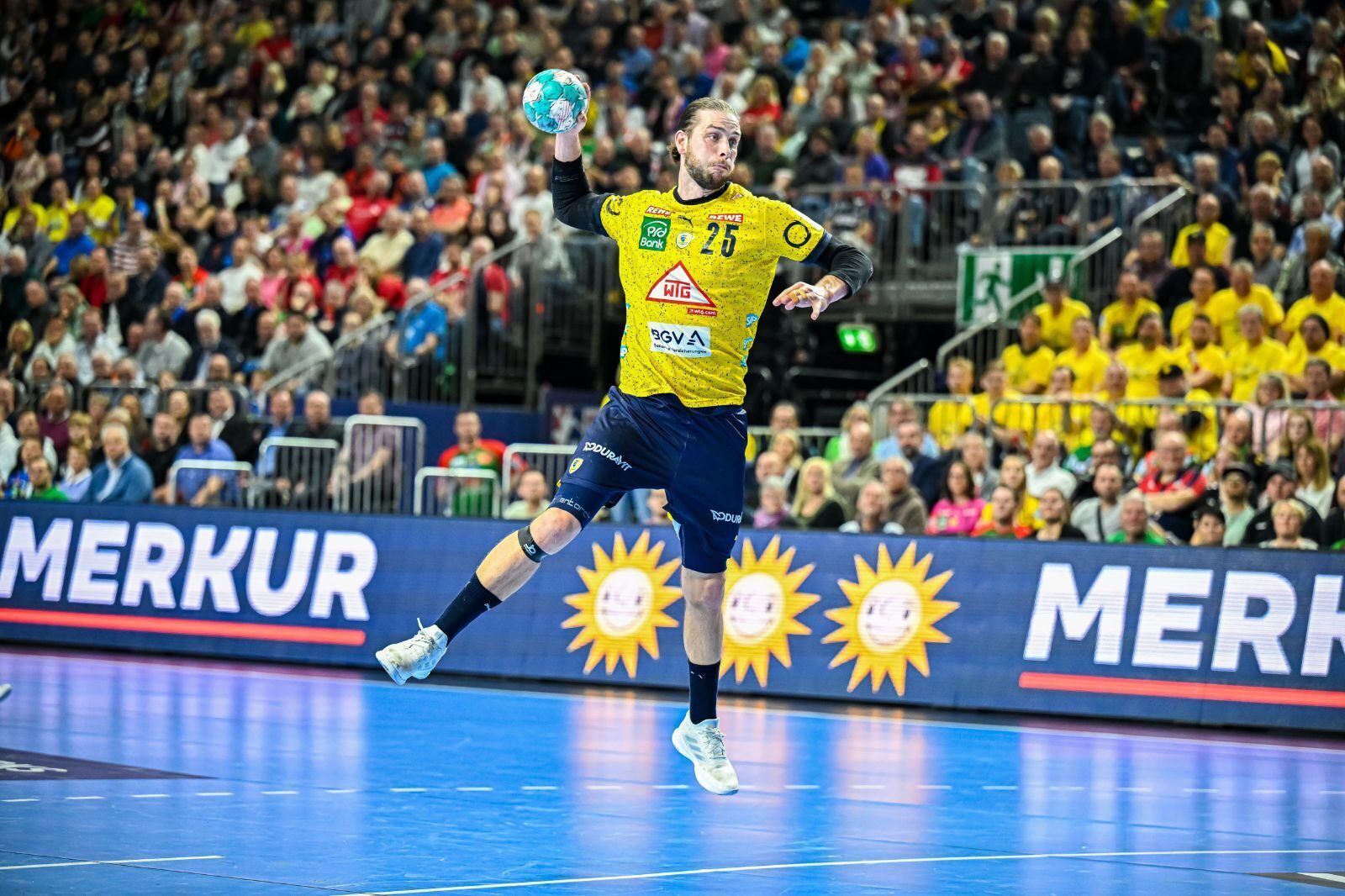
So, the goal of this study was to compare MP with speed zones, to assess player load, based on their roles. Researchers from the German Sport University in Cologne looked at data from 77 games in the German Handball Bundesliga. The idea was to see how player loads differ across various roles on the team.
In simpler terms: They wanted to figure out if metabolic power or speed zones are better at telling us how hard handball players work during games, especially considering their different positions on the field.
How The Data Was Collected

Researchers at the Institute of Exercise Training and Sport Informatics, German Sport University Cologne collected position data during handball matches using the KINEXON PERFORM LPS system.
- The system recorded data 20 times per second (that’s what “20 Hz” means).
- The system’s accuracy is as follows:
- For position, the error is around 0.1 meters.
- For speed, it’s about 0.15 meters per second.
- And for acceleration, it’s around 0.2 meters per second squared.
The players wore sensors between their shoulders, and the system was set up and calibrated by KINEXON Sports for all the matches.
During game stoppages (like fouls), a trained operator paused the data recording. So, the data only represents the actual playing time on the field.
Which Handball Position Ran The Most?

The study’s findings turned out to be quite interesting.
During the game, all player roles covered the largest distances in the low-intensity zones. But when it came to high intensity running and sprinting, only the wings really stood out.
The figure below is from the study and illustrates how much time players spent in different speed zones, considering the total time they played.

When researchers adjusted for playing time, Backs covered more distance while walking and jogging.
However, wings also covered greater distances per minute running, high intensity running, and sprinting.
What the Findings Mean for Handball Coaches

The study suggests that when analyzing dynamic team sports like handball, it’s important to consider more than just the distances players cover.
- Merged MP Model: A reliable method involves using a merged model that integrates both player accelerations and decelerations. This approach provides deeper insights into player movement patterns.
- Advancements in Tracking Technology: Thanks to improvements in player tracking technology, collecting position data during training and games has become easier. This opens exciting opportunities for future research.
- Examining Player Load: Researchers can now explore player load across different leagues and competitions. However, recent studies have mostly looked at overall player load during competitions.
Going forward, it’s recommended that researchers use experimental approaches. For instance, they can study how different team formations impact player load.
Understanding player movement in team sports goes beyond simple distances, and the merged MP model offers valuable insights. With better data collection methods, we can delve deeper into player performance across various contexts.
If you’d like to learn more about how KINEXON Sports can help you track handball players, contact us at any time.
Or find out about some of the player metrics you can track by downloading our free guide: “Three Performance Metrics to Get Started with in Professional Handball”




